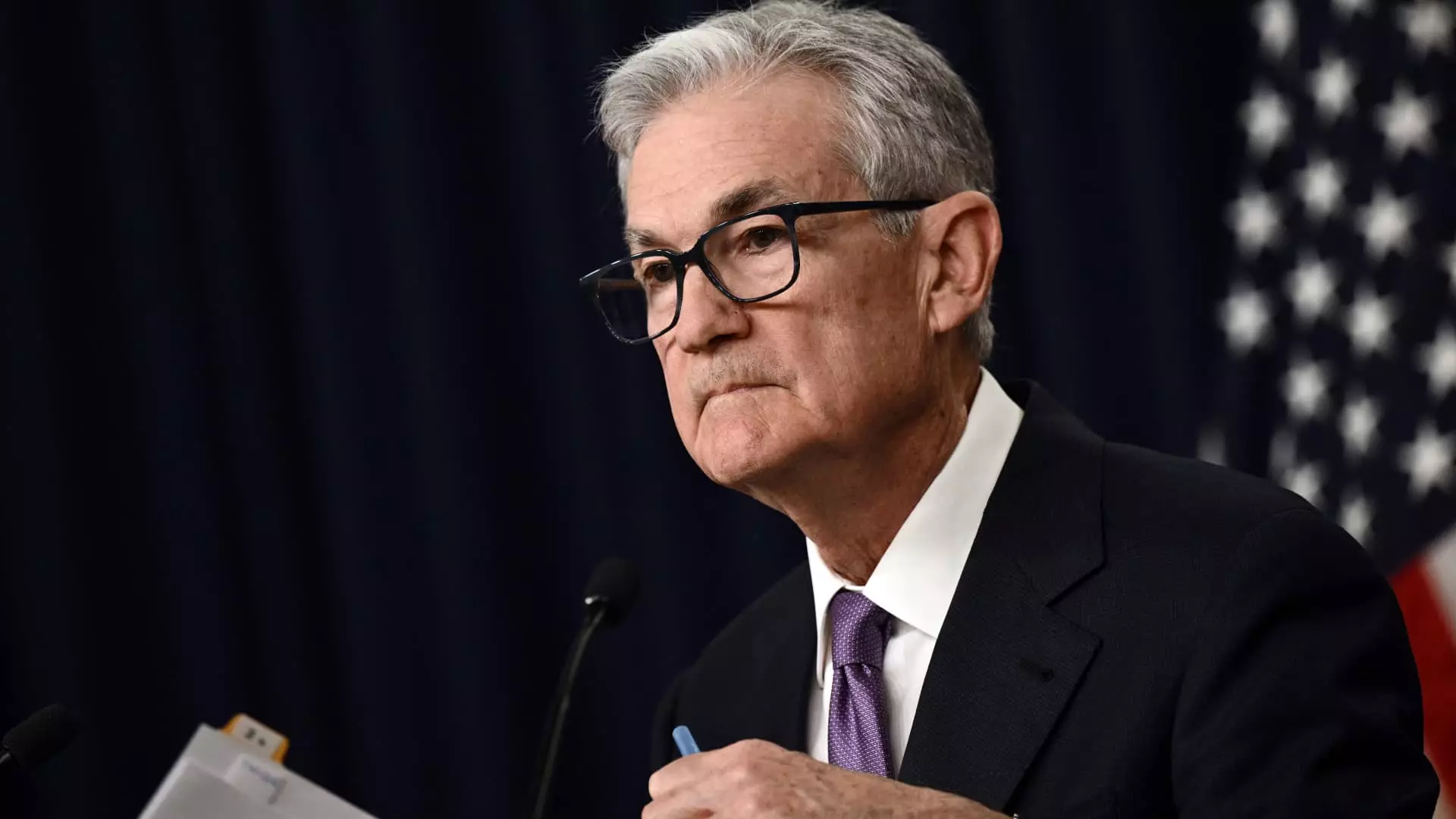Federal Reserve officials recently discussed the possibility of interest rate cuts in 2024, but the timing and certainty of such cuts remain unclear. The minutes from the meeting, released on Wednesday, reveal that while members expect three quarter-percentage point cuts by the end of 2024, there is a high level of uncertainty surrounding this projection. Additionally, the progress made in addressing inflation and balancing the labor market was acknowledged, though further work is still required. This article explores the uncertainties surrounding the Federal Reserve’s decision-making process and its potential impact on the economy.
During the meeting, participants expressed their belief that the policy rate is likely approaching or at its peak for this tightening cycle. However, it was noted that the actual policy path will depend on how the economy evolves. The minutes stated that there was an “unusually elevated degree of uncertainty” about the policy path, indicating a lack of clarity among Federal Reserve officials. Some members suggested that keeping the funds rate at an elevated level might be necessary if inflation does not cooperate. Others even mentioned the possibility of additional rate hikes depending on evolving conditions.
Federal Reserve officials emphasized the importance of maintaining a careful and data-dependent approach to making monetary policy decisions. They reaffirmed the need for policy to remain restrictive until inflation shows clear signs of sustainably moving down towards the Committee’s objective. This cautious stance reflects the Federal Reserve’s concern about the risks inherent in guiding the economy to a soft landing. Despite these cautious statements, market expectations suggest that the central bank will implement aggressive rate cuts in 2024.
Fed funds futures trading indicates that markets anticipate six quarter-point cuts in 2024, which would considerably reduce the fed funds rate. These expectations are in contrast to the Federal Reserve’s guidance, which suggests a more measured approach to interest rate cuts. The disparity between market expectations and official guidance raises questions about the potential impact of any rate cuts on the economy. It remains to be seen whether the Federal Reserve will align its approach with market expectations or maintain a more cautious stance.
Progress Against Inflation
The minutes acknowledged that progress has been made in battling inflation. Supply chain factors, which contributed to a surge in mid-2022, have eased. Furthermore, efforts to bring the labor market into balance have shown some positive results. However, progress in reducing inflation has been uneven across sectors. While energy and core goods have seen decreases in inflation rates, core services continue to experience upward pressure on prices. This divergence in inflation trends adds another layer of uncertainty to the Federal Reserve’s decision-making process.
The minutes also touched on the Federal Reserve’s efforts to reduce its balance sheet by allowing maturing proceeds to roll off rather than reinvesting them. Approximately $1.2 trillion has been shaved off the balance sheet through this process. Several members of the Federal Open Market Committee (FOMC) suggested that it would be appropriate to wind down this process once bank reserves are slightly above the level deemed consistent with ample reserves. The announcement of such discussions in advance aims to ensure the public has sufficient notice.
The recent Federal Reserve meeting minutes highlight the uncertainty surrounding future interest rate cuts in 2024. While members expect cuts, the actual policy path remains subject to economic developments. The cautionary tone from Fed officials and the disparity between market expectations and official guidance add to the uncertainty. Progress has been made in tackling inflation, but divergent trends across sectors persist. As the Federal Reserve navigates these uncertainties and decides on the appropriate policy path, careful consideration and a data-dependent approach will be paramount in ensuring the economy remains on a stable trajectory.

